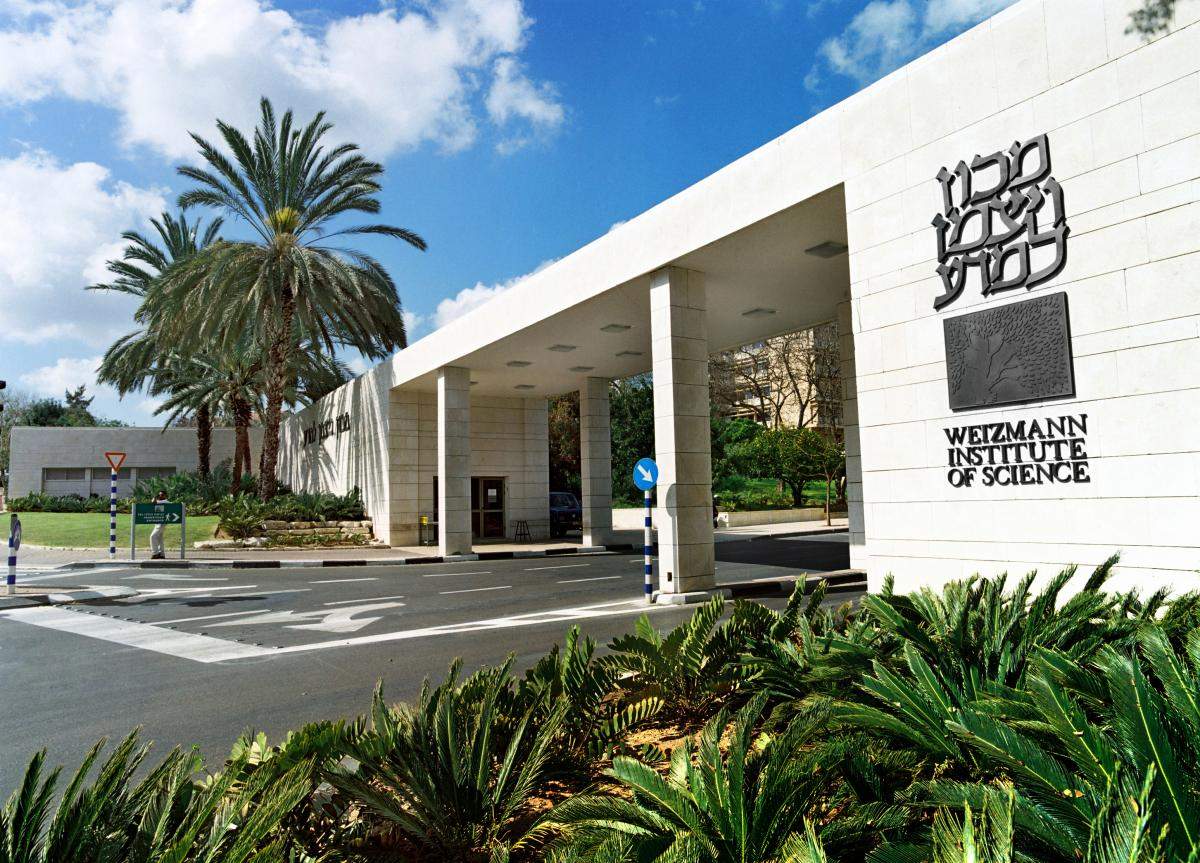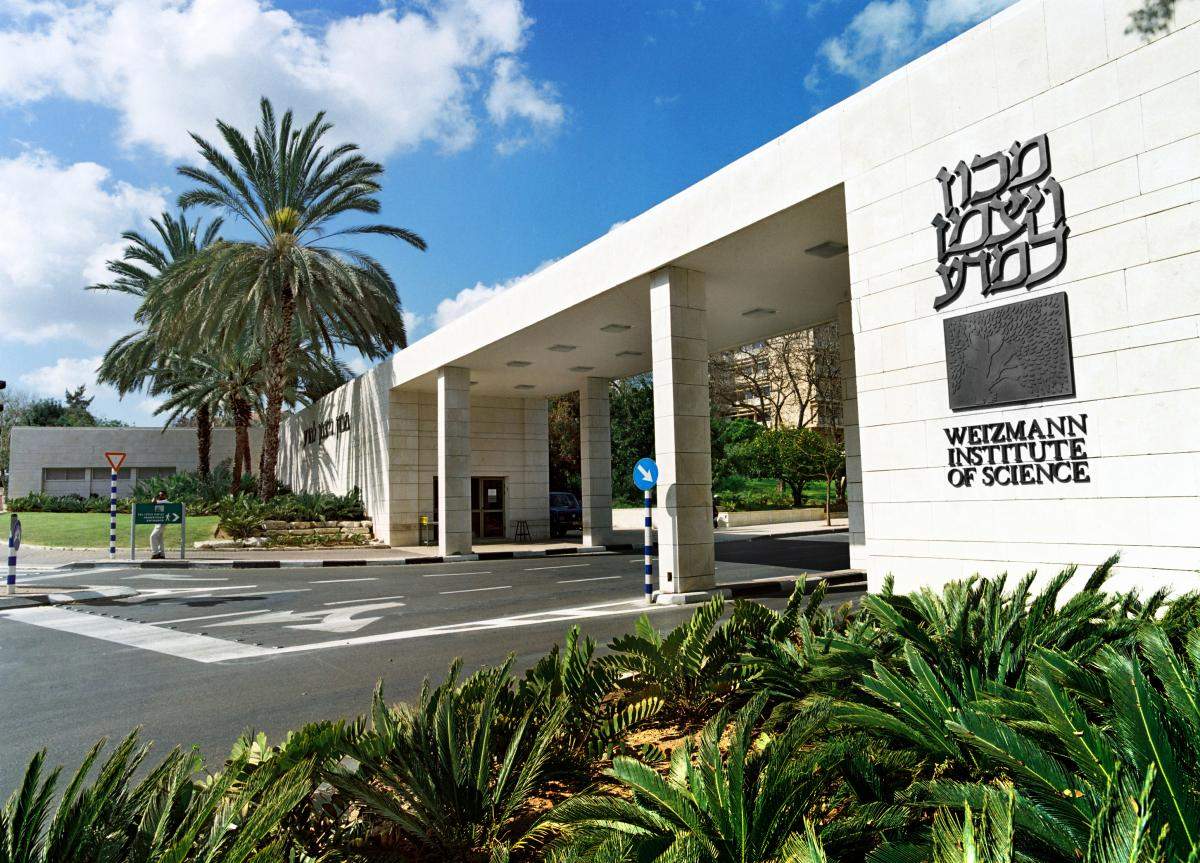Huntington’s disease is a genetic time bomb. Programmed in the genes, it appears at a predictable age in adulthood, causing a progressive decline in mental and neurological function, and finally death. There is, to date, no cure. Huntington’s, and a number of diseases like it, collectively known as trinucleotide repeat diseases, are caused by an unusual genetic mutation: A three-letter piece of gene code is repeated over and over in one gene. By the number of these DNA repeats, one can predict, like clockwork, both the age at which the disease will appear and how quickly it will progress. But what is the mechanism behind this remarkable precision?
Shai Kaplan in Prof. Ehud Shapiro’s lab in the Biological Chemistry, and Computer Science and Applied Mathematics Departments, realized the answer might lie in the buildup of mutations that occurs in our cells throughout our lives. The scientists realized that the longer the initial disease sequence, the greater the chance of additional mutations. In this manner, the genes carrying the disease code might accumulate more and more DNA repeats over time, until some critical threshold is crossed.
Shapiro, Kaplan and Dr. Shalev Itzkovitz of the Computer Science and Applied Mathematics Department have created a computer simulation that predicts, from the given number of genetic repeats, both the age of onset and the disease progression. The new disease model appears to fit all of the facts and to provide a good explanation for the onset and progression of all of the known trinucleotide repeat diseases. This explanation may, in the future, point researchers in the direction of a possible prevention or cure.
Prof. Ehud Shapiro’s research is supported by the Clore Center for Biological Physics; the Arie and Ida Crown Memorial Charitable Fund; the Cymerman - Jakubskind Prize; the Fusfeld Research Fund; the Phyllis and Joseph Gurwin Fund for Scientific Advancement; the Henry Gutwirth Fund for Research; Ms. Sally Leafman Appelbaum, Scottsdale, AZ; the Carolito Stiftung, Switzerland; the Louis Chor Memorial Trust Fund; and the estate of Fannie Sherr, New York, NY. Prof. Shapiro is the incumbent of the Harry Weinrebe Chair of Computer Science and Biology.


Smelling Like a Rose
Prof. Noam Sobel’s research is supported by the Nella and Leon Benoziyo Center for Neurosciences; the J&R Foundation; the Eisenberg-Keefer Fund for New Scientists; and Regina Wachter, New York, NY.
Prof. David Harel’s research is supported by the Arthur and Rochelle Belfer Institute of Mathematics and Computer Science; and the Henri Gutwirth Fund for Research. Prof. Harel is the incumbent of the William Sussman Professorial Chair of Mathematics.